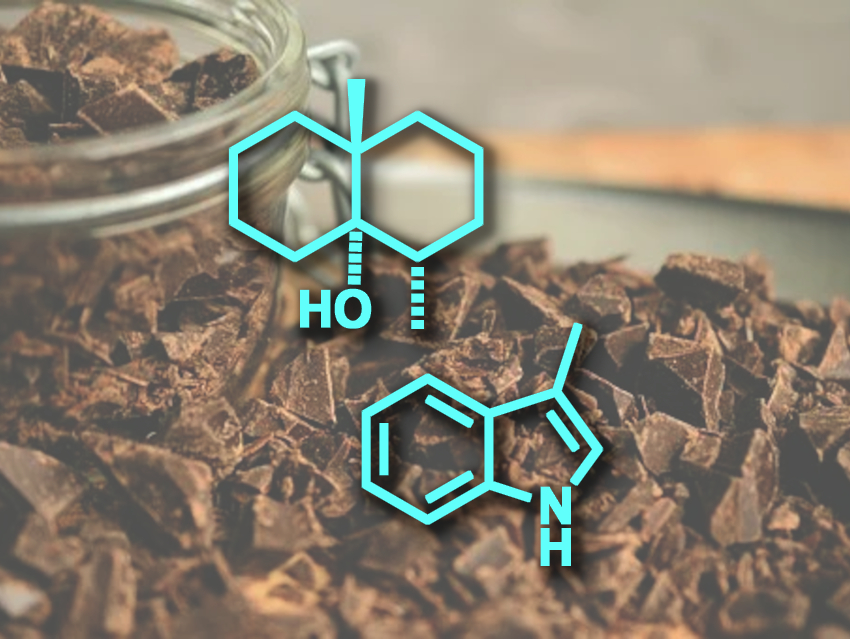Cocoa beans, when fermented correctly, have a pleasant smell with sweet and floral notes. However, they can have an off-putting scent when fermentation goes wrong or when the storage conditions are not right. If such beans are used, the resulting chocolate can smell unpleasant. Sensory professionals smell fermented cocoa beans before they are roasted, detecting any unwanted musty, moldy, smoky, or mushroom-like odors. Even with this testing in place, spoiled beans can ruin batches of chocolate, so a more objective assessment is needed for quality control. Researchers have identified the compounds that contribute to undesirable smoky flavors, but no such study had been carried out for moldy-musty off-flavors so far.
Martin Steinhaus, Leibniz-Institute for Food Systems Biology at the Technical University of Munich, Freising, Germany, and colleagues have determined the principal compounds that cause musty and moldy odors in tainted cocoa beans. The researchers identified 57 molecules that made up the scent profiles of both normal and musty or moldy smelling cocoa beans using gas chromatography (GC) in combination with olfactometry and mass spectrometry (MS). Of these compounds, four had higher concentrations in off-smelling samples: (−)-geosmin, 4-methoxy-2,5-dimethylfuran-3(2H)-one, 1H-indole, and 3-methyl-1H-indole. These four compounds were added to unscented cocoa butter, and the researchers conducted smell tests with 15–20 participants.
The team found that (–)-geosmin, associated with moldy and beetroot odors (pictured at the top), and 3-methyl-1H-indole, associated with fecal and mothball odors (pictured at the bottom), are the primary contributors to the musty and moldy scents that can occur in cocoa beans. Finally, they found that (–)-geosmin was situated mostly in the beans’ shells, which are removed during processing, while 3-methyl-1H-indole was primarily found in the bean nib that is turned into chocolate. The researchers say that measuring the amount of these compounds within cocoa beans could be an objective way to detect off-putting scents and flavors before the cocoa is turned into chocolate.
- Molecular Background of a Moldy-Musty Off-Flavor in Cocoa,
Caterina Porcelli, Silva D. Neiens, Martin Steinhaus,
J. Agric. Food Chem. 2021.
https://doi.org/10.1021/acs.jafc.1c00564




